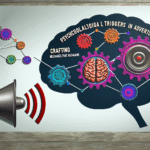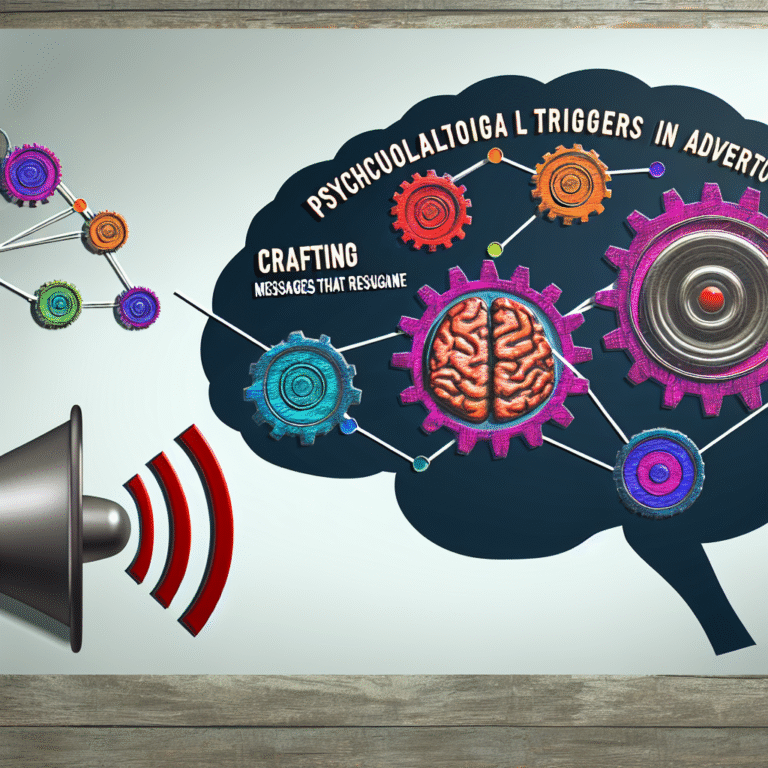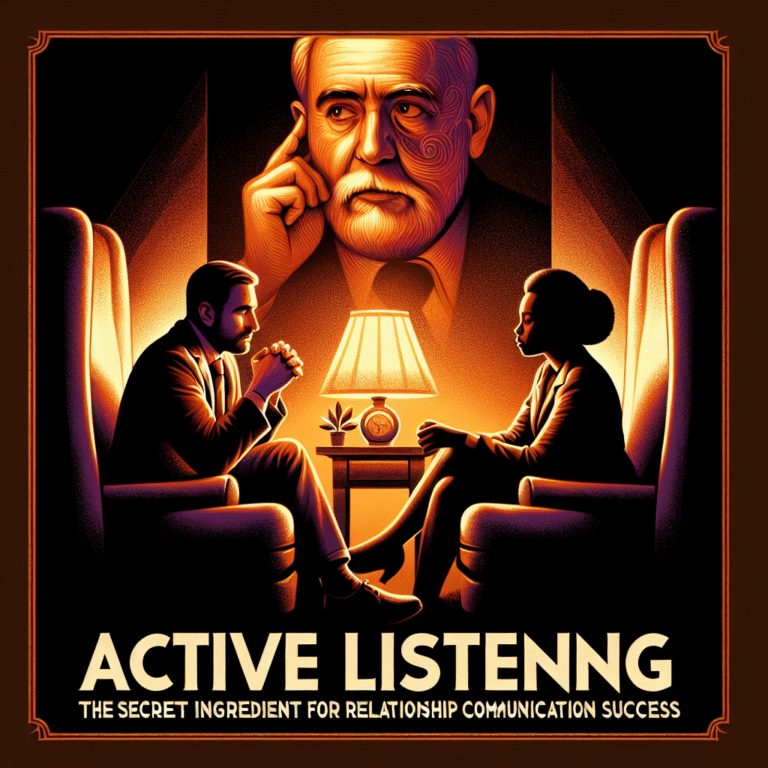
Fear No More: Essential Insights into Emerging Trends in Behavioral Treatments for Phobias
Introduction
Imagine navigating life without the persistent shadow of fear looming over your shoulder. For millions, phobias can be debilitating, infiltrating daily routines and clouding moments of joy. Whether it’s the fear of heights, spiders, or social situations, the impact of phobias can be profound. Fortunately, the landscape of behavioral treatments for phobias is evolving rapidly, offering renewed hope to those suffering from intense anxiety. This article, "Fear No More: Emerging Trends in Behavioral Treatments for Phobias," delves into groundbreaking methods that are transforming the way we understand and treat these sometimes paralyzing fears.
Understanding Phobias
What is a Phobia?
Phobias are irrational fears that lead individuals to avoid certain situations, objects, or activities. The Diagnostic and Statistical Manual of Mental Disorders (DSM-5) categorizes phobias into specific phobias, social anxiety disorder, and agoraphobia, each with unique triggers and impacts.
The Significance of Treatment
Phobias can sabotage personal and professional relationships, hinder career advancements, and diminish the quality of life. This makes the search for effective treatment vital. Traditional methods such as exposure therapy, cognitive-behavioral therapy (CBT), and pharmacotherapy have long been staples in treating phobias. However, as the field of psychology advances, so do the approaches to treatment, making it essential to explore emerging trends that promise a brighter future for those afflicted.
Fear No More: Emerging Behavioral Treatments
Virtual Reality Therapy (VRT)
One of the most compelling innovations in recent years has been Virtual Reality Therapy (VRT). By immersing individuals in a controlled virtual environment, therapists can simulate the very situations their patients fear, allowing them gradually to confront their phobias in a safe space.
Case Study: VRT for Arachnophobia
A study conducted at the University of Maryland involved a participant with severe arachnophobia. Through sessions using VRT, the individual was gradually exposed to virtual spiders, starting from images to lifelike simulations. By the end of the therapy, significant reductions in anxiety were reported, showcasing how Fear No More: Emerging Trends in Behavioral Treatments for Phobias can drastically change lives.
Mindfulness-Based Exposure Therapy (MBET)
Combining principles of mindfulness with traditional exposure therapy, MBET encourages patients to confront their fears while remaining present in the moment. This technique emphasizes observing one’s feelings without judgment, fostering a state of acceptance towards anxiety.
Case Study: Overcoming Social Anxiety
In a remarkable intervention at Stanford University, participants with social anxiety experienced reduced symptoms after undergoing MBET. As individuals learned to navigate social situations mindfully, they gradually reported increased confidence and reduced avoidance behaviors.
Cognitive Behavioral Therapy Innovations
While traditional CBT remains effective, new adaptations are emerging to enhance its benefits. Techniques involve focusing on automatic thoughts, utilizing technology for real-time feedback, and emphasizing a holistic approach addressing co-occurring disorders.
Case Study: The Role of Technology in CBT
In a 2020 randomized control trial, researchers at the University of Toronto discovered that incorporating mobile apps that provide cognitive-behavioral exercises alongside therapy sessions enhanced treatment outcomes for individuals with specific phobias. Participants reported higher engagement levels and better management of their fears, exemplifying Fear No More: Emerging Trends in Behavioral Treatments for Phobias through the fusion of technology and psychological principles.
Integrating Genetics and Neuroscience
The Genetic Perspective
New findings in genetics are helping clinicians understand the predisposition to phobias. Genetic markers may indicate vulnerability, allowing for targeted prevention strategies.
Neuroscience Insights
Neuroscience research has unveiled mechanisms in the brain associated with fear responses, opening doors to innovative drug therapies that can modulate these pathways, potentially minimizing the emotional response to phobic stimuli.
The Role of Peer Support Groups
Community-Centric Approaches
As treatment modalities evolve, so does the understanding of the importance of community support in managing phobias. Peer support groups provide a platform for individuals to share experiences and coping strategies, fostering a sense of belonging and empowerment.
Case Study: Successful Peer Support Intervention
A program launched in Chicago provided a community support framework for individuals with various phobias. Feedback showed that sharing personal stories led to decreased feelings of isolation and improved emotional resilience, underscoring the significance of community in the recovery journey, aligning perfectly with our discussion on Fear No More: Emerging Trends in Behavioral Treatments for Phobias.
Charts and Tables: Impact of Treatments
| Treatment | Effectiveness Rate | Patient Satisfaction | Side Effects |
|---|---|---|---|
| Virtual Reality Therapy (VRT) | 85% | 90% | Minimal |
| Mindfulness-Based Exposure Therapy | 78% | 85% | Occasional anxiety flare-ups |
| Traditional CBT | 70% | 80% | Possible emotional distress |
| Peer Support Groups | 66% | 88% | None reported |
Conclusion
The emerging trends in behavioral treatments for phobias are exciting and hold great promise for those who have long battled their fears. With innovative approaches such as Virtual Reality Therapy, Mindfulness-Based Exposure Therapy, and the integration of technology into Cognitive Behavioral Therapy, we stand at the threshold of a new era in mental health care. These advancements not only enhance therapeutic efficacy but also empower individuals to reclaim their lives.
As we navigate these evolving treatment avenues, remember that it’s not just about fear management but moving towards a fearless existence. Fear No More: Emerging Trends in Behavioral Treatments for Phobias are not just concepts but are realities, transforming lives one individual at a time.
FAQs
1. What defines a phobia?
Phobias are irrational fears that result in avoidance behavior, significantly impacting one’s daily life and emotional well-being.
2. How effective is Virtual Reality Therapy?
Research shows that Virtual Reality Therapy can have effectiveness rates around 85%, helping patients confront fears in a controlled environment.
3. Can phobias be completely cured?
Many treatments can lead to significant improvement in symptoms, with some individuals experiencing complete relief from their phobias.
4. What role does mindfulness play in treating phobias?
Mindfulness helps individuals observe their fears without judgment, reducing anxiety and facilitating a more profound healing process.
5. How important is community support in treatment?
Peer support groups can enhance treatment outcomes by providing shared experiences and emotional resilience, fostering a sense of belonging among participants.
By understanding these emerging trends, individuals and their loved ones can take confident steps towards living free from the constraints of phobias. Let’s embrace these advancements together!














